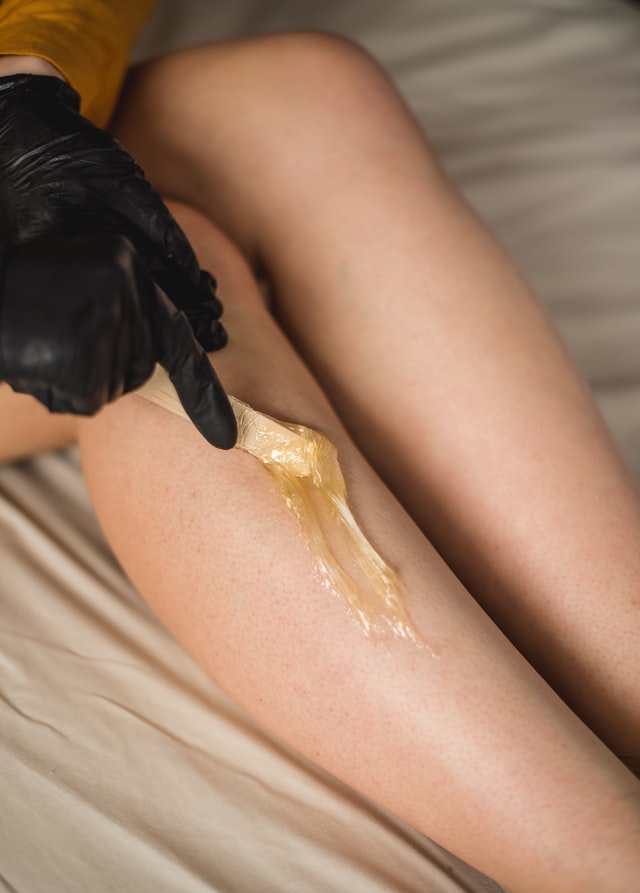
Body Waxing: Smooth, Hair-Free Skin
Body waxing is a convenient and effective way to remove unwanted facial or body hair. While not permanent, waxing provides longer-lasting results than shaving or depilatory creams, as it removes hair from the root. Common areas for waxing include eyebrows, upper lip, chin, underarms, legs, back, and bikini line. Typically, the skin stays smooth and hair-free for 4 to 6 weeks.
Candidates for Body Waxing
Most people with unwanted hair can benefit from body waxing, although some discomfort is expected during the process. Sensitivity varies, and certain areas may be more painful than others. Waxing should be avoided if the skin is unusually sensitive, as it may lead to “lifting,” where the top layer of skin is torn.
Book OnlineWaxing is not recommended for individuals who:
- Take blood thinners or corticosteroids
- Have psoriasis, eczema, or rosacea
- Have autoimmune diseases like lupus
- Are sunburned or have infections or cold sores
- Have severe varicose veins
- Recently underwent laser treatments or chemical peels
- Use topical retinoids or are undergoing cancer therapy
Types of Body Waxing Procedures
Strip Waxing
In strip waxing, a thin layer of soft wax is applied, then covered with a cloth or paper strip. The strip is quickly pulled off against the direction of hair growth, removing the hair. Proper technique minimizes pain, bruising, ingrown hairs, and broken capillaries.
Strip-less Waxing
Strip-less waxing uses a thick layer of hard wax that hardens on the skin and is removed without strips. This method is ideal for sensitive skin and fine hair, as it is gentler and less painful.
After waxing, a soothing lotion is applied to reduce discomfort. Hair regrowth varies, so repeat sessions may be needed to catch hairs that were dormant during the initial treatment.
Benefits of Body Waxing
- Removes large amounts of hair at once
- Long-lasting results: 4 to 8 weeks
- Regrown hair is softer than after shaving or depilatory use
- Discomfort decreases with repeated treatments
- Regular waxing may lead to finer hair over time, making future sessions easier
Potential Complications
The main drawback of waxing is pain, particularly in sensitive areas. It is crucial that waxing is performed by an experienced, licensed technician to minimize risks and ensure hygiene.
Minor side effects can include red bumps, slight bleeding or bruising, and ingrown hairs. These are usually temporary and most common during the first waxing session, especially in areas with dense hair growth.
Consult a Professional
If you are considering body waxing, consult a licensed professional to determine if it is right for you. They can evaluate your skin type, discuss potential contraindications, and provide personalized guidance for a safe and effective waxing experience.
